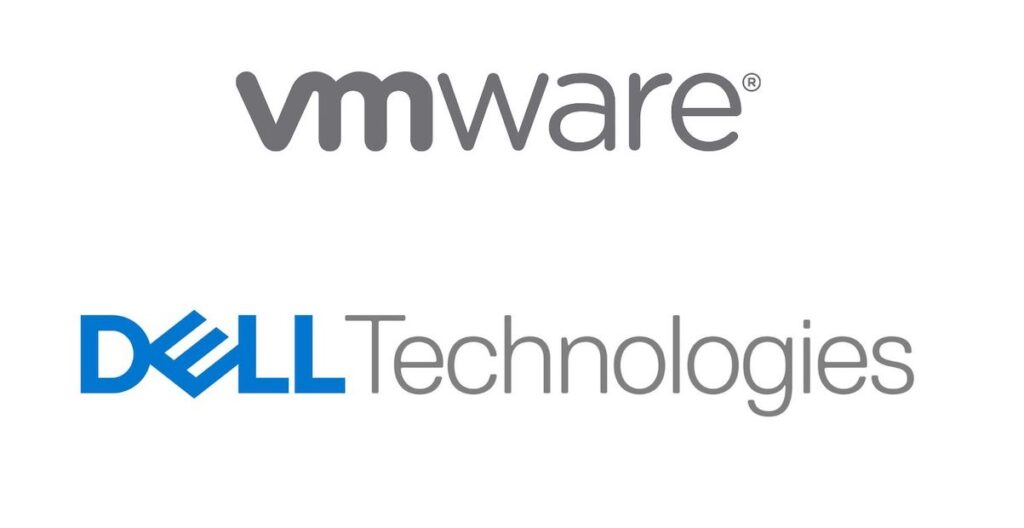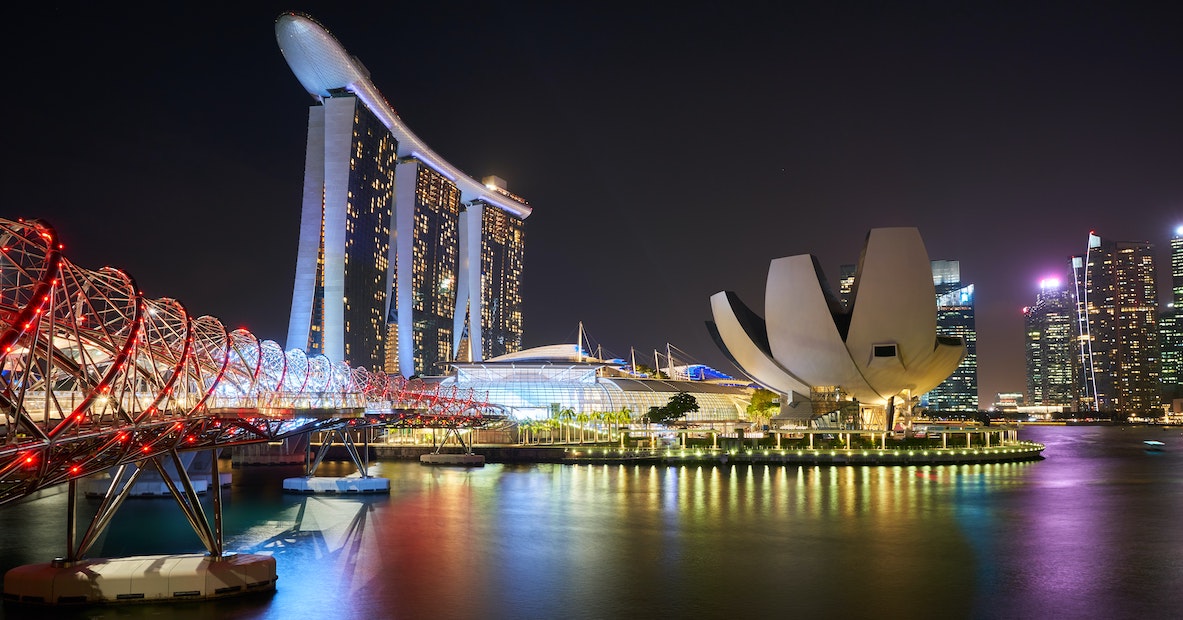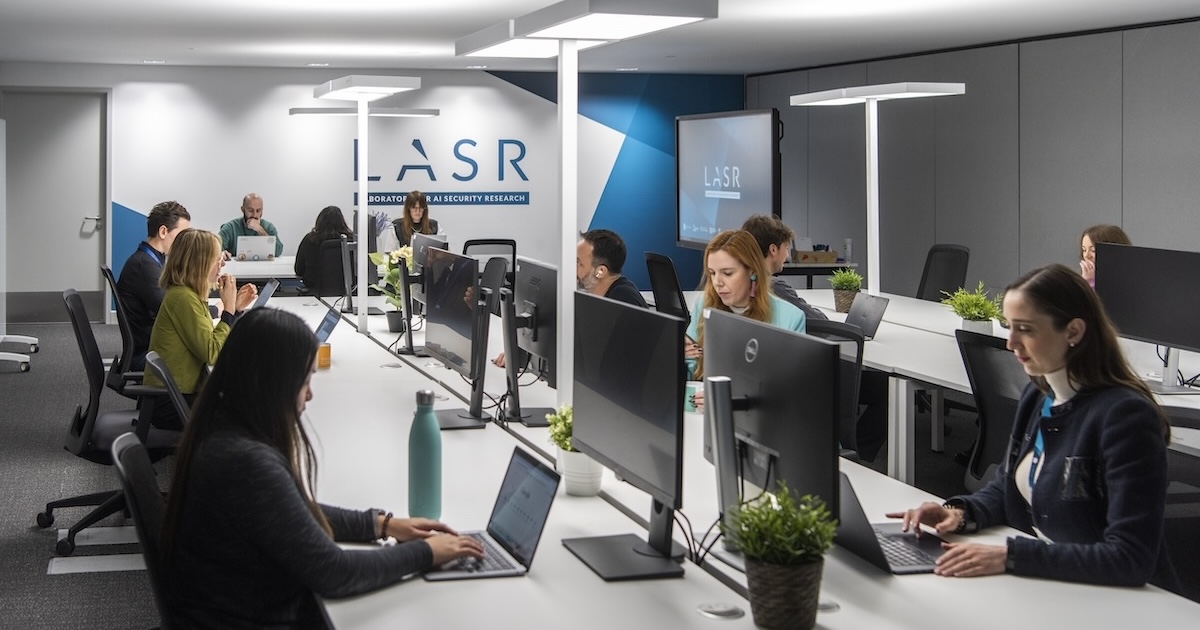Smart cities; connected places; digital cities – no matter your preferred term of endearment for these tech-centric locations, they’re fast becoming the standard by which governments and organisations hope to improve operational efficiencies in busy living spaces.
While accounting for under 2% of Earth’s surface, the UN has revealed cities use 78% of the world’s energy and generate over 60% of greenhouse gas emissions. But the pace of technological innovation is paving the way to ensure cities of the future are equipped to manage urbanisation in a way that enhances living conditions for citizens while protecting the environment.
Smart cities comprise sensors, hardware, networks and applications to run everything from vision technology and transport management to building utilities and emergency services. So, when implementing a smart city, it’s paramount to understand the impact of technology on citizens – whether it’s 5G, digital twins or otherwise, says Ferry Chung, VP of Asia Pacific and Japan, Digital Cities at Dell.
For Ferry, there are three essential pillars of a smart city: sustainability, safety and quality of life. “Post-pandemic, it’s not just about our physical wellbeing, but mental too,” he explains, detailing that what’s perceived as being good for an organisation isn’t always great for the user experience – the citizen should always be at the forefront of planning.
Remembering one scenario, Ferry notes how hundreds of government applications were developed for a connected place but, having assessed the demographic of the target users, that number was trimmed down to a much leaner 40. “A digital government needs an outside-in view, thinking about use from cradle to grave. A lot of officials think: ‘My services have 100 applications and that’s great’ – but the citizen thinks: ‘Do I need I need 100 apps? I may only need two.’”
This taught Ferry the vital importance of digital inclusion. “A lot of people were being left behind during the pandemic because most of them were not digitally-sage,” he details. “The elderly, those who are less privileged – how are you going to include them in this digital transformation?”
Seemingly there’s no limit to the range of functions that smart cities can, and will, support. While it’s not uncommon to have traffic light management in traditional cities, there are other sites being made from the ground up without legacy networks to contend with, tapping into things such as hydrogen energy and use of electric-only vehicles from day one.
“As cities continue to develop, in parallel we continue to witness the process of datafication ie. turning the world into data,” says Charbel Aoun, Director of AI Smart spaces for EMEA at NVIDIA. “The world now runs on data – it is collected from edge sensors and devices, from the web and social media and from many other sources. Cities and organisations collect vast amounts of structured and unstructured data that has the potential to deliver valuable insights.”
However, Charbel argues that the cost and complexity of processing this data is often not sustainable to analyse in traditional ways. Here we enter the new era of accelerated computing and AI which allows the rapid design and creation of AI models that learn and review any size of data, turning it into insight and value. Thus, AI and the implementation of knowledge is enabling a whole world of possibilities for cities and spaces to become more cognitive and interactive.
Charbel concluded: “We have the opportunity of a lifetime ahead of us, and I invite all cities and enterprises to embrace the power of AI as it is and will continue to transform businesses and parts of our life for decades to come. It is the era of AI.”
Increased use of technology should also mean a spike in the use of cyber security to preserve these systems and protect them from harm. Yet, 98% of traffic on IoT devices is unencrypted. With threats come opportunities though and the National Cyber Security Centre is working to solve IoT challenges through startup collaboration, which is one example of the steps that can be taken through a public-private mission.
Of course, these technological developments are nothing without the acceptance of the members of the public they’re designed to serve. And achieving buy-in from citizens requires trust. Recognising the different stakeholders involved for a smart city to flourish, an ecosystem approach is required for success.
The government must work alongside private sector players including SMEs, developers, networks and beyond, coming together and closing the gap on security risks. The NCSC continues to be active in this space and has also created security principles for implementation, an area Plexal is supporting with the Secure Connected Places team at the Department for Science, Innovation and Technology (DSIT), helping local authorities to implement these principles and secure their smart cities.
Elsewhere, NVIDIA is an example of a private sector party heavily immersed in smart cities through their AI solutions. They range from Metropolis (focusing on computer vision), Omniverse (to visualise and simulate large scale digital twins), Riva (accelerated AI speech engine) plus many more. As an example, tools such as intelligent video analytics allow developers to comb through data in real-time to detect previously hidden threats, effectively paving the way for a robust security-everywhere architecture.
This platform approach was enriched by thousands of partners who have developed applications and solved many use cases in cities and every industry. All this was made possible by the power of AI and accelerated computing.
Smart cities continue to evolve and although adoption is increasing, there’s no blueprint to follow as the size and sophistication of each connected place varies drastically. But a clear pattern across the board is that each location focuses on people, data and infrastructure, making them the building blocks for a solid smart city foundation. And if these elements are the bricks, cyber security is surely the mortar.

Stay tuned to our social channels @PlexalCyber on Twitter, Plexal Cyber on LinkedIn and sign up to our Cyber Community newsletter for more updates on our cyber security programmes.


